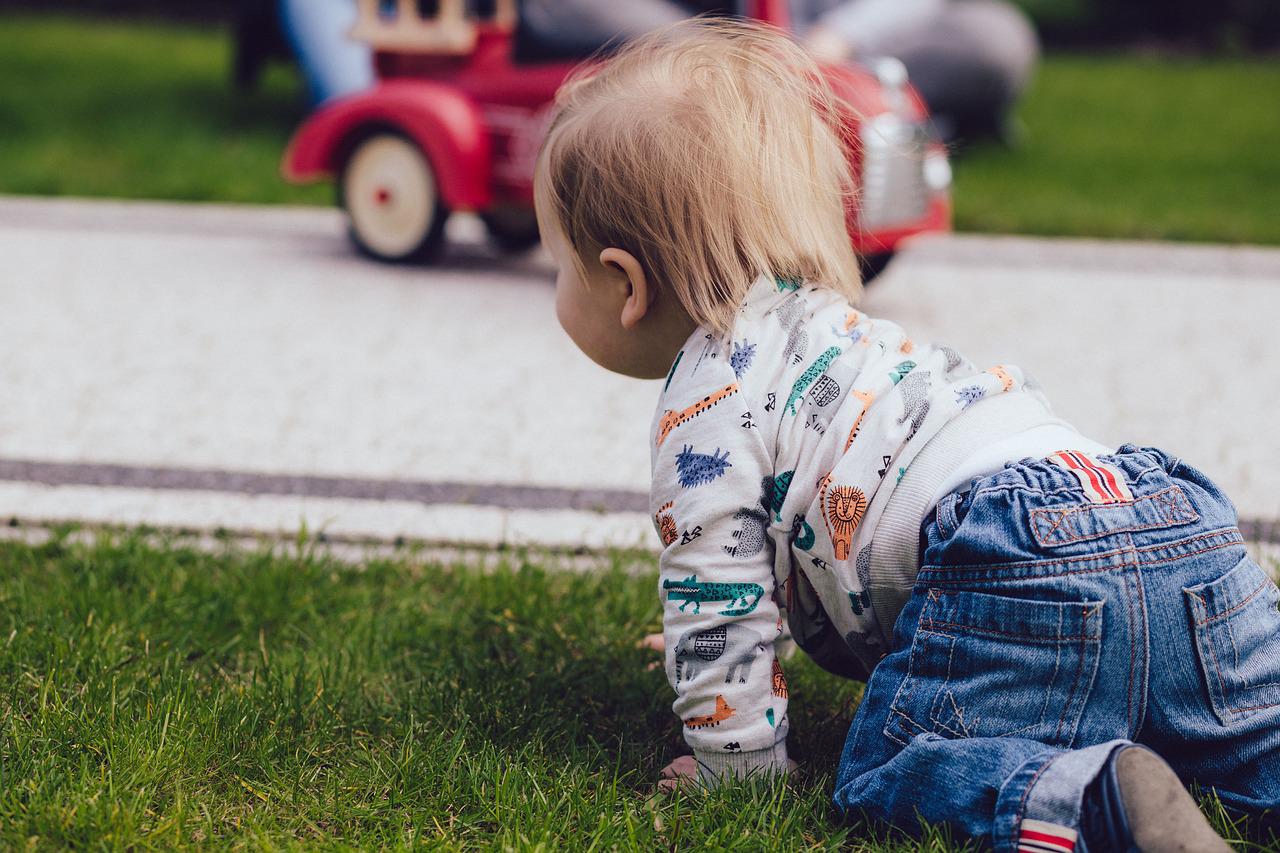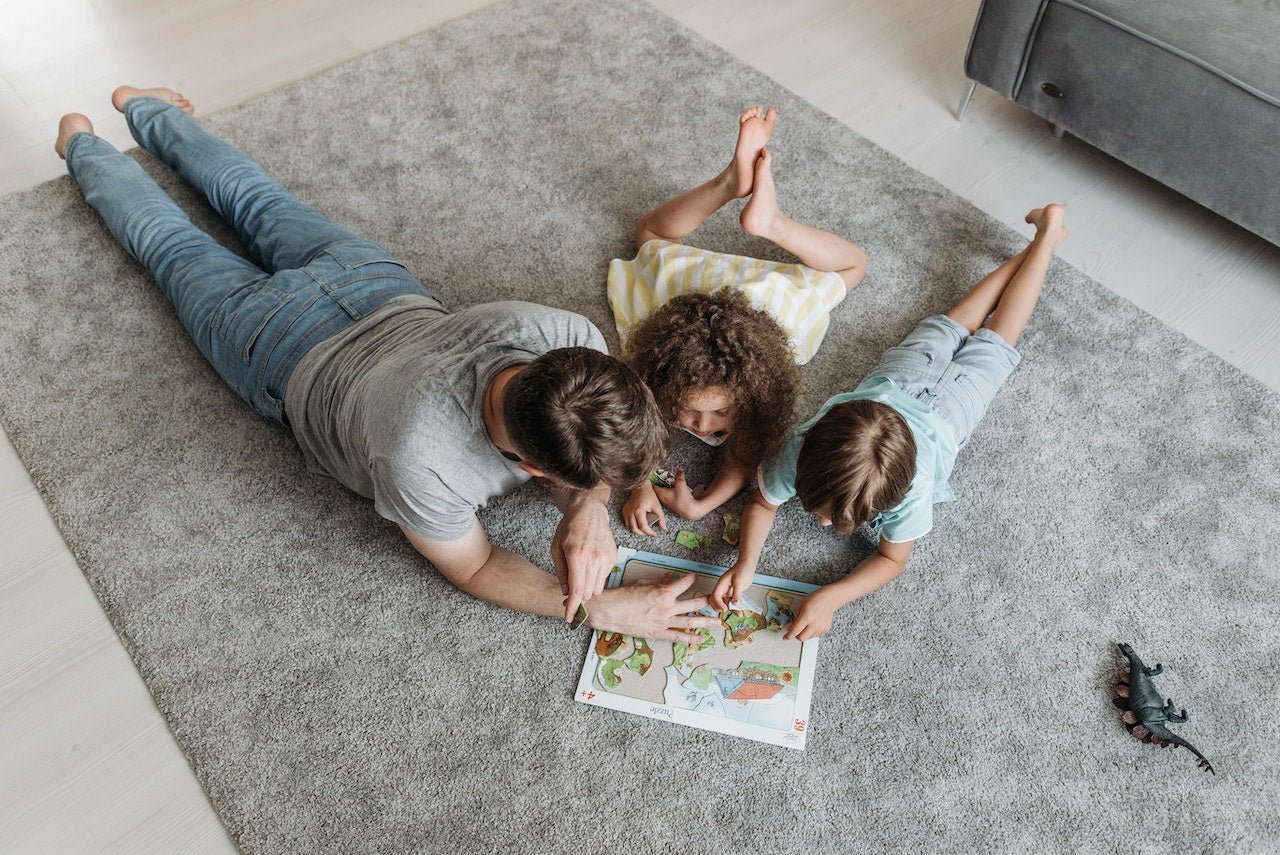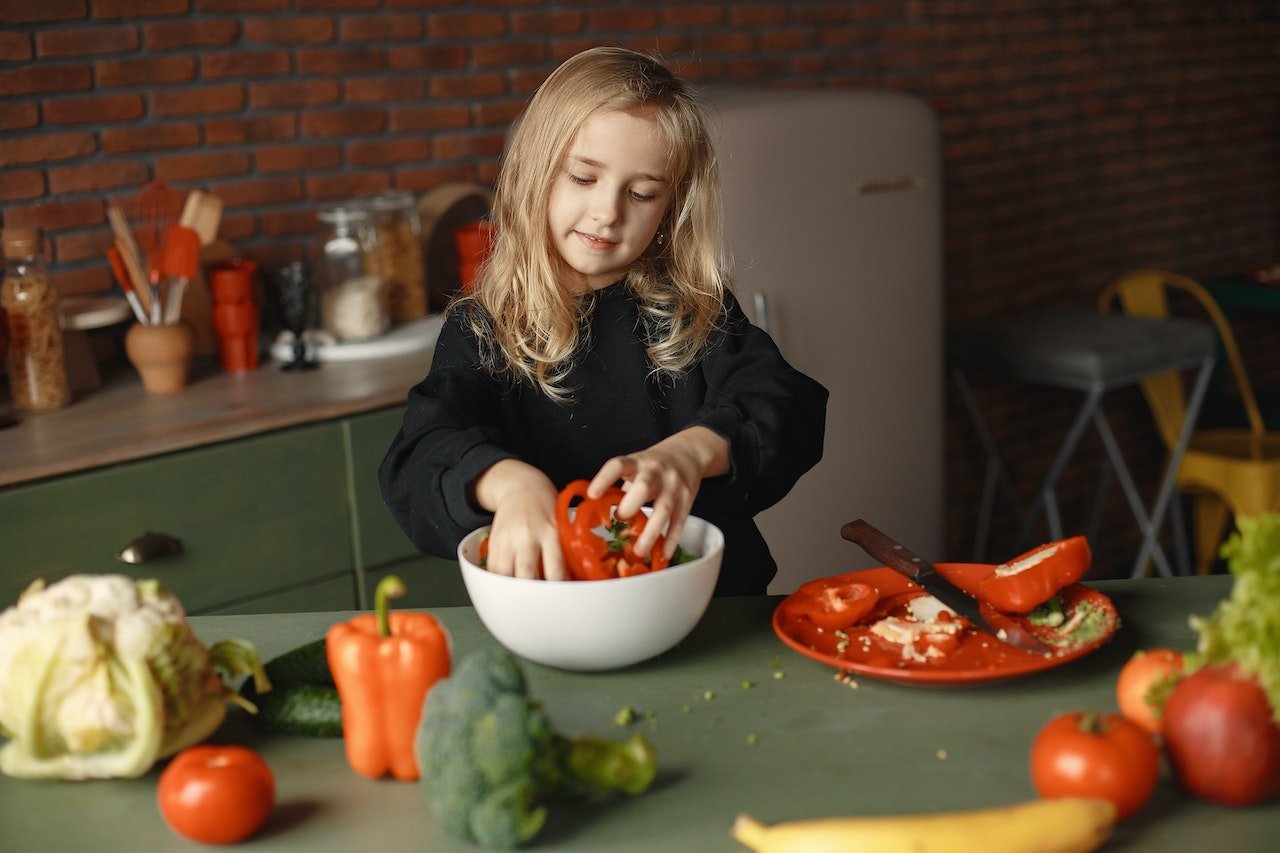Every baby is different, so their development may also be different. Still, the formation of different skills takes place over time. Some babies learn their first skills very quickly, while others fall somewhat behind. You shouldn’t be afraid that something is wrong with your baby if he isn’t able to turn over at the age of 5 months, maybe it’s not time for him yet. It is not appropriate to assess the development of the baby according to the established norms, to analyze whether the development of the baby is not delayed. This should be assessed by developmental specialists or neurologists. Of course, there is a certain trend in monitoring the development of babies. In this article, we provide you with indicative stages of your baby's development. We emphasize that it is not always the little ones space into the frames drawn by the professionals, so don’t be afraid if the development is somewhat delayed. Well, and if you’ve noticed that your baby’s skills are lagging far behind, we recommend contacting developmental specialists or neurologists.
The development of the baby in the first year
In the first years of life, significant processes of biological, social and psychological development take place. During the first 12 months, perhaps the most important changes in motor development occur, from posture to the control of certain objects. The process of infant development is related not only to age, but also to genetics, social and emotional environment, parental care, the environment in which the baby lives, his own temperament..
Newborn development up to 1 month.
Don’t expect big changes to happen in the first month of life. This period is for getting to know the new world, getting used to the new conditions. Newborns sleep very much during the first month of their lives. Their limbs are bent, bent, in about the same position as when they were in the womb. Most movements are spontaneous, short, repetitive. Puppies usually wave their arms and legs vigorously, raising their heads on their stomachs, but they do not hold them. Lying on their backs, they are able to turn their heads to the sides. Squeezed palms begin to relax around the second to third week. Trying to grab various objects but fails to keep them. In the first month of life, babies cry. That’s how they try to get their parents ’attention and show that they want something. Usually babies of this age distinguish and react to sounds, focus on the gaze, notice bright colors. During the first month, the baby's balance dries and falls off. It should not be very frightening that if your baby's skin is rashed in the first days or weeks, it is a natural skin reaction to the changed environment. The shape of the head changes slightly during the first month. In the first week, the color and abundance of stool changes greatly. Around day 7-10 and week 2-3, you may notice a sudden growth in your baby. These are short, multi-day jumps that increase height and weight. Abdominal colic may begin around week 2 and last up to 3-6 months. When colic occurs, the baby can be restless, do not be afraid to cry for a few hours, it is a natural stage of development. The first month also reveals individual character traits. The baby begins to express his dissatisfaction or joy at certain objects or actions.s.
1-2 months newborn
One-month-old babies are already starting to giggle, starting to pronounce elongated a and e, making various palate sounds. More and more often the baby smiles and communicates with his eyes. Grimaces are on the rise, but they are still unconscious. The baby is able not only to lift the head, but also to support it to some extent. Newborns usually do not distinguish between the time of day and their sleep does not depend on it. After a month, the babies start sleeping longer at night. In the second month, you can expect a third jump in growth. Each movement becomes more coordinated, more plastic. More and more baby is interested in sounds. He is already paying attention not only to the voice of his mother or father, but also to the ticking of a fallen object or a closed door. The gripping reflexes weaken, the palms become more and more relaxed, and the baby begins to consciously take things. More and more saliva, blowing saliva bubbles, gargling. After about 1-2 months, the tear glands form, so the tears begin to crumble when crying. The further away, the more the baby is interested in various objects, sounds, smells. Increasingly, fingers and other easily accessible objects appear in the mouth. This is a natural waydas tastingget to know the objects.
3-4 months
By the third or fourth month of life, the baby can already hold not only the head but also the shoulders when lying on its tummy. The hands try to get up or down, and when lifting, the head does not lag behind the spine and rises together. Start flipping or at least trying to do it. He already holds light objects in his hand and seeks to stay further away. Says many and various sounds, intonates, begins to gesture, shows various mimics. He smiles more, communicates willingly, follows people with his eyes. The 4th growth spike appears in the third month. It lasts 2-3 days. In bilingual families, at the 3-4th month, the baby begins to distinguish between different languages, trying himselfto speak – begins to pronounce not only voices but also consonants, combining several sounds. At this point, you can expect to hear the first ma-ma or te-te, but so far these sounds don’t make sense to the baby. Efforts to sit, laughter may occur.
5-6 months
A 5-6 month old baby is already able to turn around, gets up to stay longer, sits more and more often and crawls. Babies of this age already understand the meanings of words, react to their name, associate some nouns with the things themselves. Around this time it is possible to start feeding babies, planting them in power seats. They react positively to singing, become more and more interested in games, learn to throw things. Increasingly, it observes moving objects. Usually 5-6 months. how much the baby's growth slows down. It is during this period that teeth can begin to germinate. The baby begins to distinguish between familiar and unfamiliar people, may be afraid of unseen faces. While talking, the baby closely monitors the lips and tries to imitate them. The baby begins to recognize the different details, linking them together. At 5-6 months of age, babies begin to understand the cause-and-effect relationship and realize that a dropped object will make a sound. Babies of this age start to talkanimals may begin to learn sign language by waving a hand in farewell or pointing a finger..
7-8 months
The movements of a baby of this age are becoming more and more complex and improving. He starts to spring, crawl, standing with four can take a toy with one hand. Especially interested in flashing toys. 7-8 months the baby is able to sit down and sit firmly, turn around. You take things not with your whole palm, but with your fingers, so you can take much smaller, smaller objects. Holds a bottle, or even two items in different hands. More and more pronouncing sounds, pronouncing more complex consonants, a lottalkingwith people, animals, toys, able to call themsinging tones. Starts looking for items you don't see. Usually 7-8 months. babies no longer want to lie down and lie down to lie down. In such an age, the logic of babies improves, they realize that their favorite toy is hiding under a heaped blanket, and a dropped ball can topple a block tower. Puppies begin to perceive discipline, the word nomeaning. Holds the ability to stand.
9-10 months
At 9-10 months, babies become self-sufficient. Not only can you sit long and straight, crawl quickly, but you can also stand firmly on your feet. Some puppies are able not only to stand up on their own, but also to walk. Can transfer weight from one leg to the other. Babies of this age have a strong fear of separation from their mothers, often finding it increasingly difficult to lie down for the day. The baby increasingly uses body language to wobble, lean, point a finger, can show dad, mom, body part or toys, mimic the behavior of others. Trying to eat myself. In the ninth month, you can see another leap in growth. Puppies are more and more willing to play with different things, they are happy when others join them. The company of slightly older children especially enjoys it. 10 months the baby understands the tone of voice, the possible and the impossible, so this is a particularly opportune time to start teaching your baby..
11-12 months
Although a baby of this age does not usually speak yet, it is very receptive to language. Increasingly, single conscious words can be heard between sounds. The baby can pick up smaller and smaller items, more and more performing fine motor actions. Puppies begin to realize the purpose of things, some of them even trying to put food in their mouths are no longer placed by hand, but by a spoon. The baby's social skills are improving and he is becoming more and more interested in other children. Starts inspections of drawers and cabinets at home, is able to bend, is interested in books and moving parts. As one year approaches, he walks more and more with his fingers crossed..
The natural development of a healthy baby is an ongoing process. During the first year of life, many processes of the baby's development take place, which are extremely important for further development. It is very important to see a specialist if you notice any abnormalities or a significant slowdown in development and assess whether your baby needs early rehabilitation. The body and development of each human being is unique, so the norms of infant development discussed in this article are indicative only. As the baby grows, his hobbies will change instead of blocks, he will choose pencils or puzzles, instead of chew dolls or typewriter models, he will no longer have enough space to play on the rug, so he will have to take care of a suitablechair and table. The key is to notice all of these changes and try to grow with your baby.





